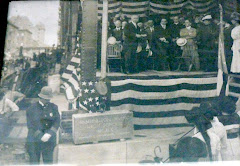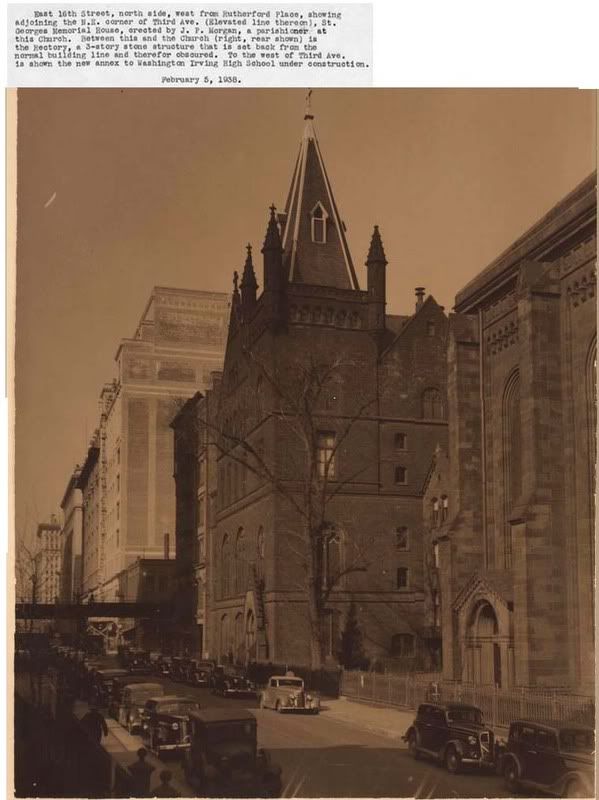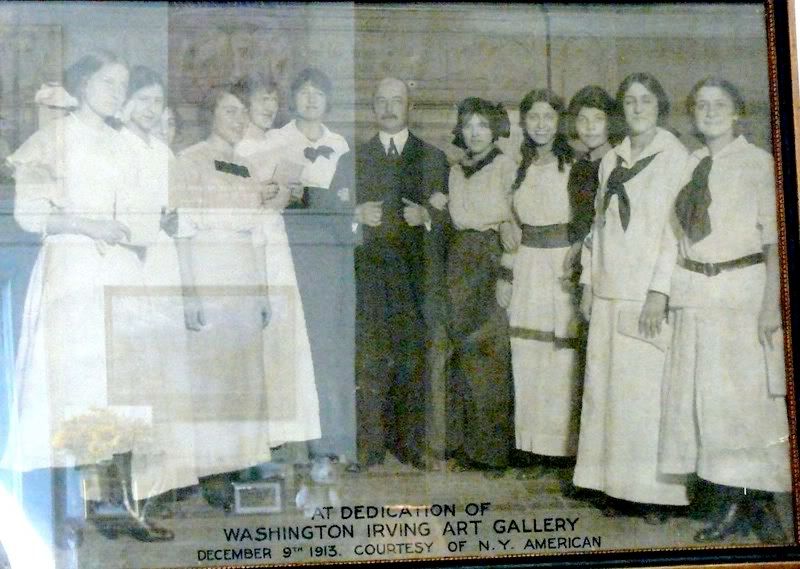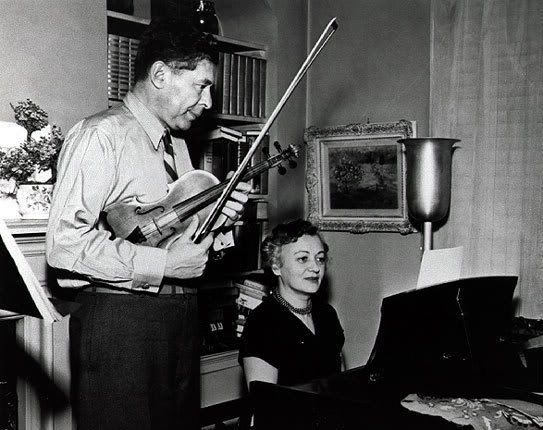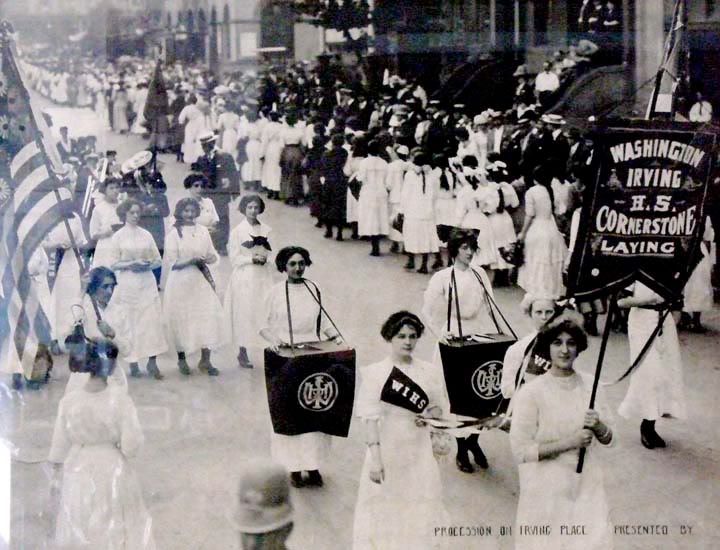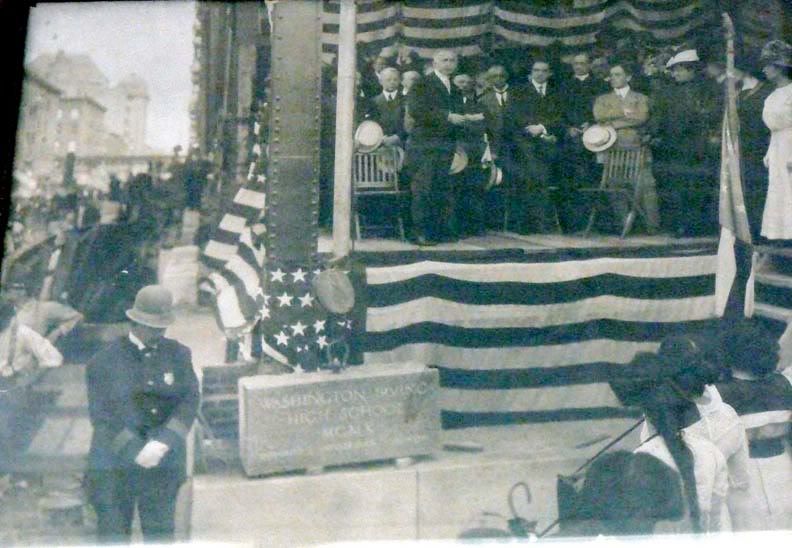
Claudette Colbert's real name was Lily Claudette Chaucoin. She was living at 1141 Third Avenue in 1910. As stated in a previous post:
Émilie Chauchoin was born in Saint-Mandé, Seine, France, to Georges Claude, a banker, and Jeanne Loew Chauchoin. After some financial reverses, her family emigrated to New York City in 1906.Note her banker father must him been struggling since here it is stated he is working as a cook and Claudette's mother is working as a dressmaker
Below: This is what the address looks like today.




